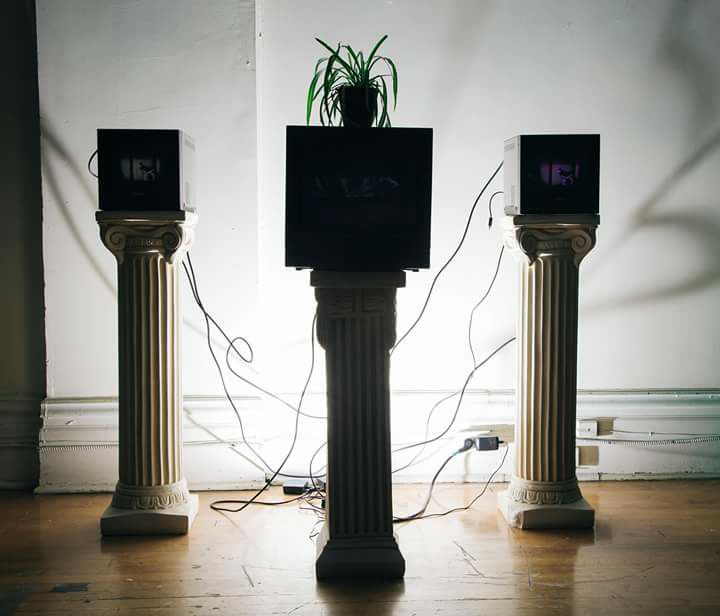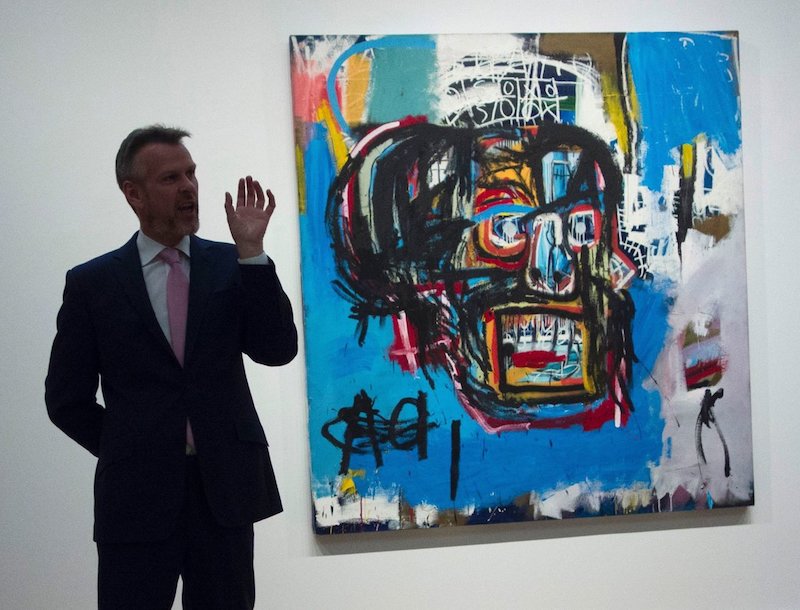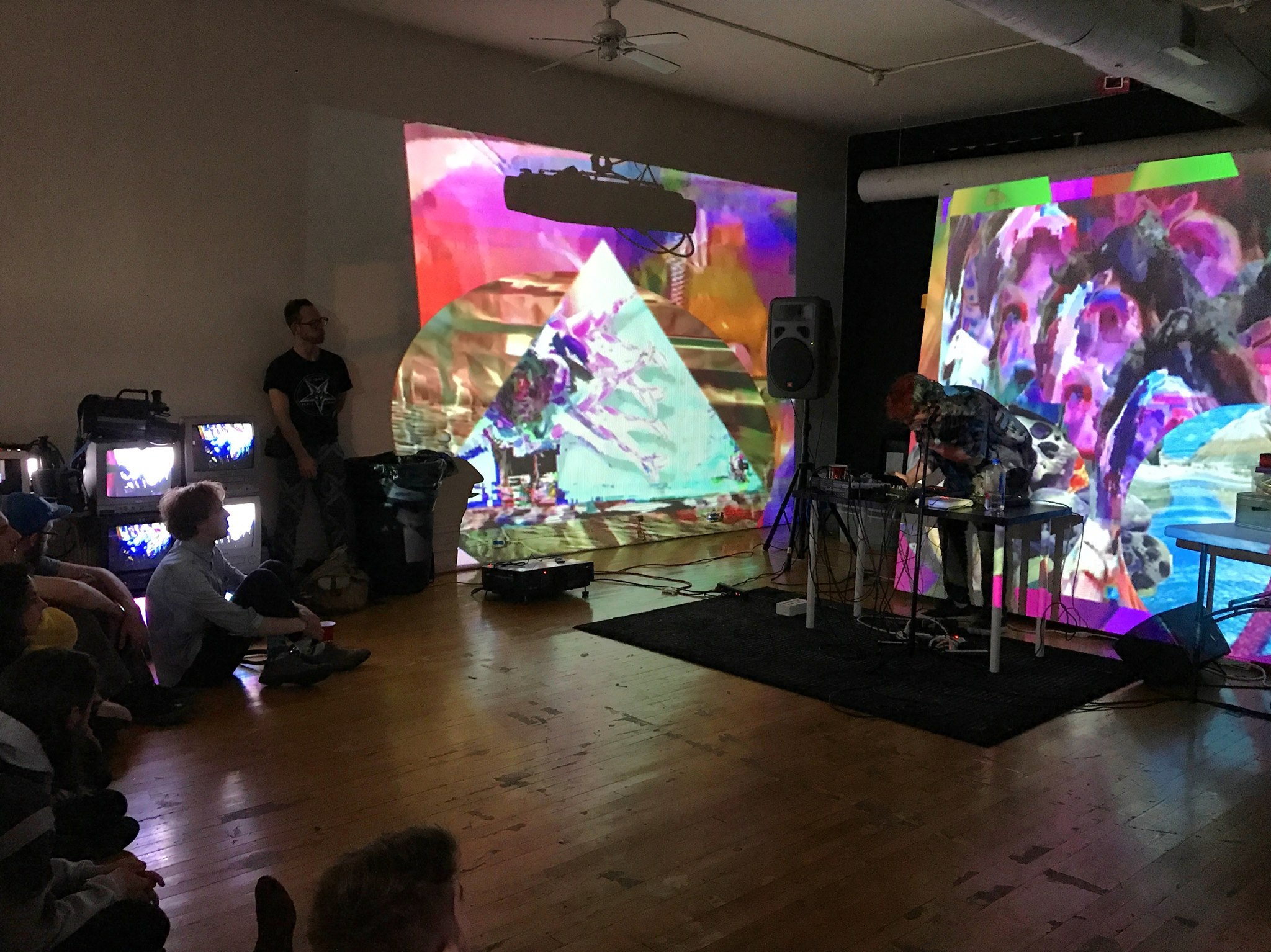
DADS Interview
South Side Weekly
November 22nd, 2017
Had the privilege of being interviewed by Erisa Apantaku of SouthSideWeekly a few weeks ago and the audio and are located on their site

There is a confusing segment in which I'm answering a question about what motivated me to start the space, partly due to editing, but mostly due to my general incoherence when being interviewed:
At the opening (at previous space), there’s not really much dialogue about what the art means. Especially for people coming into the space just to drink the wine or whatever, they’re just like, “Oh, this is an important thing, I’m supposed to be caring about this.” There is just this emperor’s clothing effect, and it’s the kind of thing I was trying to avoid with this type of space—a new media space, in which the focus is on the interactivity and the transformation of the space, dialogue, showing unfinished work, and people critiquing each other’s stuff.
I have a similar outlook about Art ( with a capital A ) as Glen Coco, an art school alum that wrote a series of pieces on the theme of I don't get art , for vice magazine. My position is hopefully less cynical, because I don't think the problem lies in this type of art being created, but the fact that Glen Coco is actively seeking out dialogue about specific pieces and simply cannot find satisfying answers from the gallerists or artists because the social structure that has been set up around art museums, galleries, and fairs that place more emphasis on the spectacle of the market value or social capital of the piece as opposed to reaching a wider audience, feedback about what the work means, or a viewer's engagement.
This is obviously a very broad blanket statement and there is a spectrum of examples of galleries and museums that do this right. My main point is that I believe that accessibility has become a taboo in certain art sectors, while I believe that creating spectacles should be more worthy of scorn.
I made a New Years resolution about 5 years ago to not leave a gallery show until I understood intention behind work that wasn't engaging me. It was not a successful effort. It was like I was in a foreign country. If I managed to find someone to ask about the actual work, and received an answer other than "oh, it's open to interpretation," my inquiries were met with hostility and I stopped the challenge after several artists threatened me with physical violence.
It makes sense that this type of insecurity would exist since there are strong institutions that incentivize artists to 'play the game'. There is a definitely a template for the type of work that people will pay money for, and it doesn't involve holding intrinsic meaning or personal motivation for creating the work other than making sales. Every year, the incoming students of The School of the Art Institute are ushered into an auditorium, told briefly about the history of the school and the museum, and then shown the handful of successful artists that have come out of the school. A few minutes from the film Basquiat in which bluechip collectors fight over one painting to the shedding of tears and millions of dollars. Basquiat and Warhol, featured in the film, are famous for embodying the role of exotic magical creatures who never bothered to explain why their particular arrangement of splotches and scratches were justified. I'm guessing this romanticization of the Art Star by the school's administration is meant to justify the exorbitant tuition for art schools, which is comparable to Ivy League prices. Hopefully, you get to become an Art Star, but I consider it incredibly dishonest for an institution to encourage working towards a status that is statistically less likely than winning the lottery, and when it does happen, it's a happenstance organic tipping point that has no correlation to academic credentials.


The alternative DIY new media venue, Digital Art Demo Space, is open to the public and accepting submissions for challenging work. Hear more about the types of shows we were looking for on my interview with South Side Weekly.